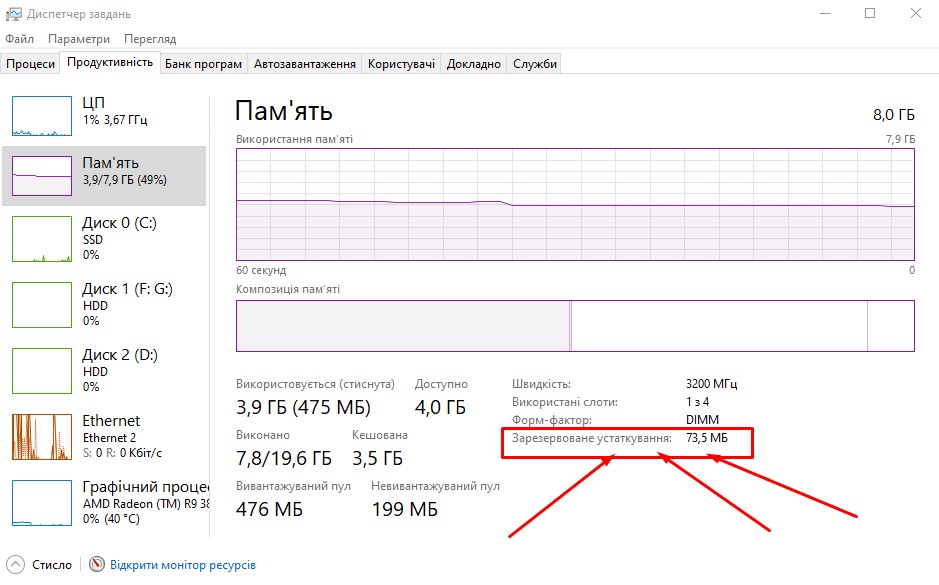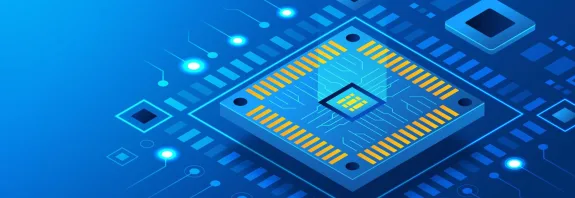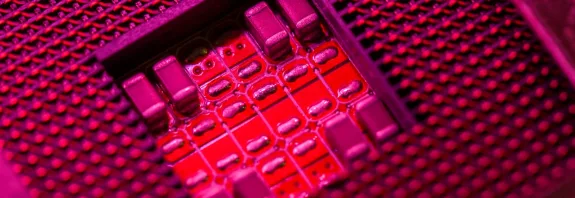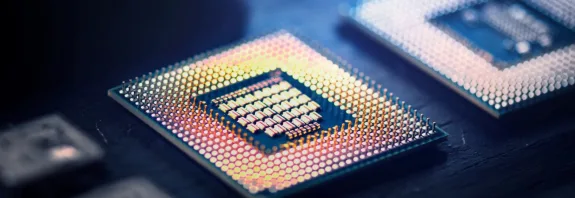Computer Memory Marked as “Hardware Reserved

Computer Memory Marked as “Hardware Reserved” in Windows 10: Explanation and System Impact
In Windows 10, computer memory splits into categories. One is “Hardware Reserved,” often confusing users.
What Is “Hardware Reserved”?
This is RAM in Windows 10 set aside for system needs. It ensures smooth OS operation and stability.
How Is This Memory Used?
“Hardware Reserved” supports various system functions, including:
System services: It runs services like Windows Updates, security features, and backups. These need memory to work well.
System optimization: Windows 10 uses it to boost performance. This includes user interfaces and core functions.
Memory management: It helps prevent memory fragmentation. This keeps the system from slowing down over time.
Impact on the System
Usually, “Hardware Reserved” doesn’t cut user-available memory much. It’s for system services and optimization.
However, with low total RAM, it might affect performance slightly. More memory could still be usable elsewhere.
Overall, it’s a key part of Windows 10. It maintains stability and efficiency automatically.
Users rarely need to worry about it. The OS handles it for optimal performance.
If performance lags, consider upgrading RAM. Extra memory can ease system strain.
Conclusion Computer Memory Marked
Computer Memory Marked “Hardware Reserved” supports Windows 10’s backbone. It’s not a flaw but a feature for reliability.
Most won’t notice its impact. Focus on total RAM if slowdowns persist.









